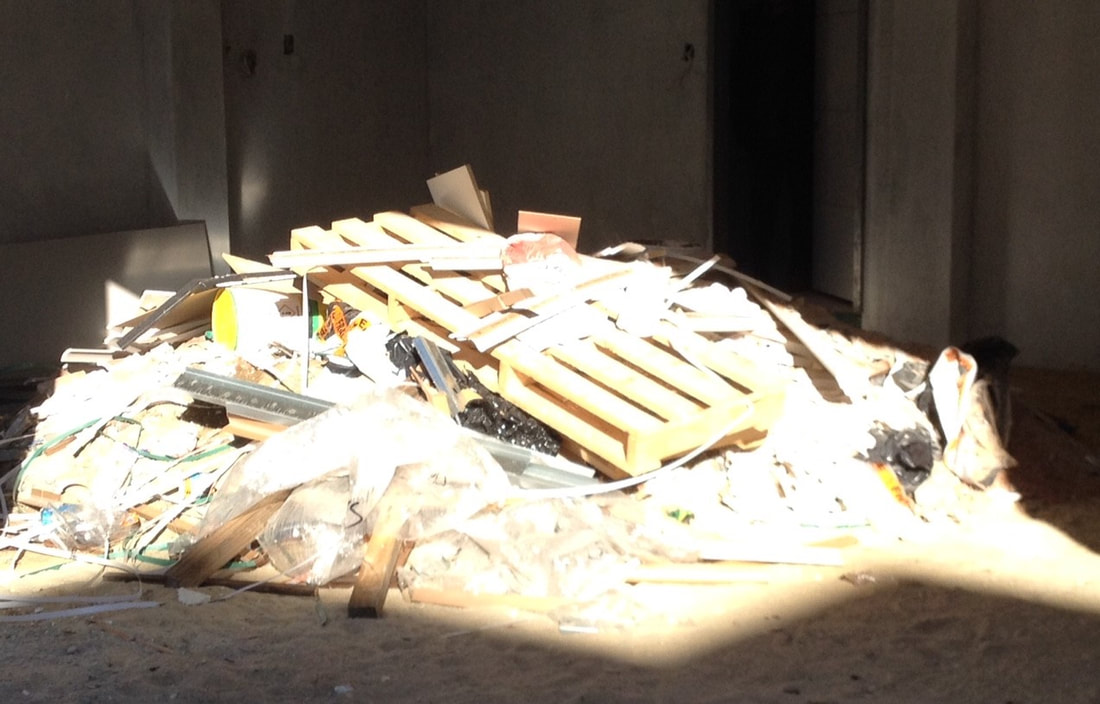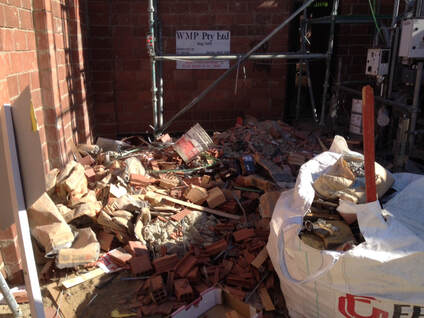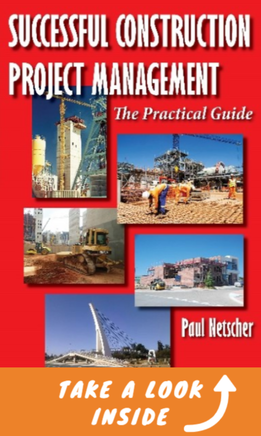|
What benefits does being environmentally friendly bring to your construction project? Tell most contractors they should make their construction projects more environmentally friendly and they will probably think only of extra costs, and reason scornfully you must belong to some green movement. However, there are benefits to being environmentally friendly and these benefits are more than just saving the planet. How to make construction projects environmentally friendlyWhat do you consider key to making your project environmentally friendly? Well most will trot out the same old answers; separate waste, pick up rubbish, don’t spill fuel and oil, and don’t damage the trees, but there is more to consider. 1. Reduce the amount of waste on your project. 2. Recycle waste. 3. Control storm water run-off preventing soil erosion and controlling silt deposition 4. Clean-up fuel and oil spills 5. Minimise the clearing of vegetation. 6. Prevent dust. 7. Reduce energy usage. 8. Don’t waste water. 9. Reduce the amount of noise "Much of this is just about sensible contracting." What are the downsides of not being environmentally friendly? The cost of poor environmental practices on your construction project1. Reputation – a fast way of receiving negative media attention is by having an environmental accident on your project, or damaging vegetation or animals, or creating excessive dust or noise that irritates neighbours and the general public. 2. Fines – Environmental agencies are gaining more teeth, which in some cases enable them to fine contractors for environmental damage, and even close down project sites that don’t comply. Like this construction project 3. Extra costs – although most regard being environmentally friendly as being a costly exercise, the cost of not considering the environment is large. a. Energy inefficient equipment costs more to run b. Disposing of waste is becoming more costly. There are the dump fees, plus the cost of loading and hauling the waste. Reducing waste has to save money. Recycling helps reduce waste. c. Water is expensive and a scarce resource in most areas. Reducing the amount of water construction uses must save money. d. Clearing excessive vegetation generates waste, in addition it leads to soil erosion, resulting in additional costs to clear storm water drains, rebuild up the eroded area and revegetation costs. 4. Poor client relations – Well no client wants the poor publicity that an environmental incident brings, or unhappy neighbours complaining about environmental infringements. In fact most clients have to comply with an environmental management plan and infringements could result in fines or work stoppages. Furthermore many clients are becoming more environmentally responsible and are now demanding the same of their contractors. You want to continue to work for these clients in the future so you need to prove that you are environmentally responsible as well. 5. Poor public perception – Poor environmental controls often result in untidy sites. It gives the impression that the contractor cannot manage the project. Dare I say it gives the impression the contractor doesn’t care. Would you want a contractor who doesn’t care building your project? Some clients and some projects demand a contractor that has clearly demonstrated they care about the environment. #constructionmanagement #constructionprofessionals #constructionindustry "Being environmentally friendly doesn’t have to be hard work or expensive. It often takes only a little extra care and effort" Easy environmental wins in constructionBeing environmentally friendly doesn’t have to be hard work or expensive. It often takes only a little extra care and effort and education of the workforce. Here are a few suggestions that will not only make your construction project more environmentally friendly, but will also save your project money. 1. Reduce the amount of rework. Rectifying poor quality costs money and creates waste. 2. Separate and recycle waste. Some recycled materials can be used for fill on the project reducing the amount of material that must be imported. 3. Control and reduce stormwater run-off. Stormwater can flood the works, erode under foundations, fill drains with silt and even wash away structures. 4. Select the right type and size of equipment for the task and choose equipment that is fuel efficient, doesn’t leak oil, isn’t smoky and creates the least noise. In other words avoid using older equipment, which anyway is normally less reliable and will cost you more to run. 5. Order the correct quantity of materials in amounts or sizes which will generate the least amount of waste or off-cuts. Do Your Material Deliveries Suck? How to avoid problems 6. Ensure materials are installed correctly with the minimum amount of cutting and waste. 7. Reduce the amount of breakages of material in transit and on site. This may be by better packaging or improved material handling systems. Handling construction materials 8. Educate employees on the cost of waste to the project. 9. Clearly demarcate areas of vegetation that don’t need to be (or shouldn’t) be cleared. (I had one project where the fence contractor used a massive bulldozer to clear a 4m wide strip of vegetation so he could install the cattle fence on the boundary – the client wasn’t very impressed to say the least.) Being environmentally friendly will save your construction project moneyMake your construction projects more environmentally friendly. It often doesn’t take much extra effort and you may be surprised at the money it saves you and the new opportunities it could bring. Oh, and of course you do your bit to save the planet at the same time. This project aims to have zero waste #constructionwaste #greenconstruction #constructionindustry Other articles by the author: Increase profits – reduce material wastage on your projects Planning deliveries to construction sites Understanding what impacts your company’s reputation "A MUST Read for any Construction Professional to raise their game!" (Reader Amazon Canada (Written by Paul Netscher the author of the acclaimed books ‘Successful Construction Project Management: The Practical Guide’ and ‘Building a Successful Construction Company: The Practical Guide’. Both books are available in paperback and e-book from Amazon and other retail outlets. This article is adapted from information included in these books.)
© 2022 This article is not to be reproduced for commercial purposes without written permission from the author. construction management construction project management
0 Comments
Leave a Reply. |
Archives
June 2024
Note: We welcome genuine comments, especially comments that add additional information to the subject matter in the article. We however reserve the right to remove inappropriate comments, which includes comments that have nothing to do with the subject, comments that include inappropriate language, and comments that are an advertisement for a product or company, or which include an advertising link. Comments must be in English. We will not enter into discussion on why a particular comment was removed.
CategoriesCopyright 2016 - The attached articles cannot be reproduced for commercial purposes without the consent of the author.
The opinions expressed in the attached articles are those of the writer. It should be noted that projects are varied and different laws and restrictions apply which depend on the location of the contractor and the project. It's important that the reader uses the supplied information taking cognisance of their particular circumstances. The writer assumes no responsibility or liability for any loss of any kind arising from the reader using the information or advice contained herein. "I have what I consider some of the best books on construction management."
Books are available from: Amazon.com Amazon.co.uk takealot.com kalahari.com Amazon.in Amazon.de Amazon.fr Amazon.it Amazon.com.au Powell's Fishpond uread bokus Amazon.ca Amazon.es Other retail stores Available in paperback or on Kindle "28 YEARS OF CONSTRUCTION PROJECT MANAGEMENT EXPERIENCE, DEVELOPING SUCCESSFUL CONSTRUCTION PROJECT MANAGERS AND BUILDING SUCCESSFUL CONSTRUCTION COMPANIES"
|







 RSS Feed
RSS Feed




